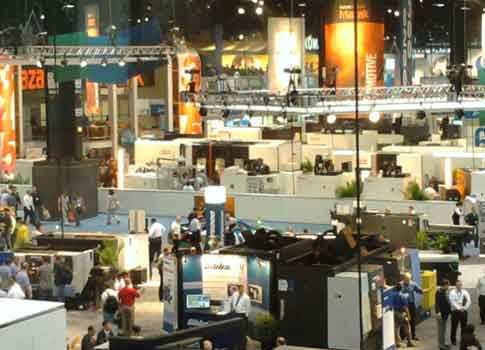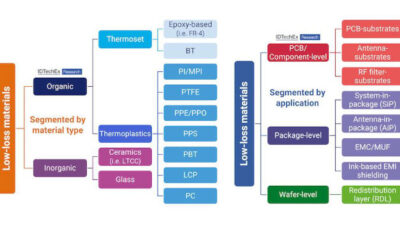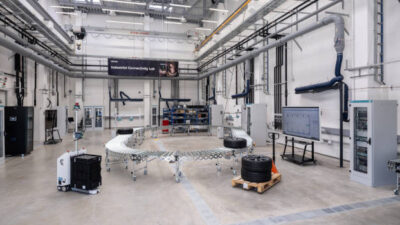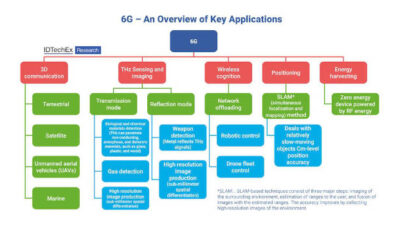Think Again: When considering an automation, controls, or instrumentation project, look beyond the price of equipment, software, and networks toward many extended, often unquantified, benefits.

When considering an automation, controls, or instrumentation project, look beyond the price of the related equipment. Because savings bring benefits to many areas beyond where the automation is applied, costs should be defrayed across many departments, not just operations or manufacturing. Redesigned and updated workflows using new automation, controls, and instrumentation can result in faster start-up; greater flexibility and energy savings; higher throughput; better diagnostics and product quality; less downtime, troubleshooting, maintenance, and waste; easier optimization and upgrades; tighter integration; and greater information flow to interdependent areas of the enterprise and supply chain, including lower costs for manufacturing IT.
Where to look
Through the year, we detail such benefits at www.controleng.com. A few examples, from this issue, follow.
- Existing online sensor and alarm data can be analyzed for risk information, helping to avoid shutdowns, accidents, incidents, and operational problems (p. 11).
- Remote terminal units, one type of distributed intelligence, feeds new information to the enterprise, providing intelligence that previously was too costly to collect (p. 12).
- Battery power management and controls resulted in the practical combination of proximity (photoelectric) sensors and wireless communications, producing faster communication of critical data points and smoother operations (p. 16).
- Risk assessment (measurements) can lead to risk reductions and increases in safety, with careful, standards-driven application of safety-related parts of control systems (p. 18).
- Standardization and advanced programming techniques, such as object-oriented programming, improve reliability in rugged applications, such as offshore oil and gas production, reducing risk (p. 26).
- Radio frequency identification automates data collection and reduces errors. Smart designs aid configuration, diagnostics, and alarms when something goes wrong with specific information so a maintenance team can be dispatched immediately (p. 30).
- Higher reliability and improved safety can result through distributed or decentralized control when sensors, actuators, and logic-enabled devices can make decisions without necessarily consulting a centralized control room (p. 33).
- Beyond collection of process variables, digital data collection tells what’s going on in a device, a sensor’s condition, what the ambient temperature is around the transmitter, or the temperature of the process fluid (p. 80).
If information averts an accident, saves a batch, or avoids an unplanned shutdown, think again about the value of automation, controls, and instrumentation in your next return on investment (ROI) calculation.
– Edited by Mark T. Hoske, content manager, CFE Media, Control Engineering, [email protected].
Go Online
At www.controleng.com search for keywords related to your next project for more ideas on how to better quantify benefits and rally support.




